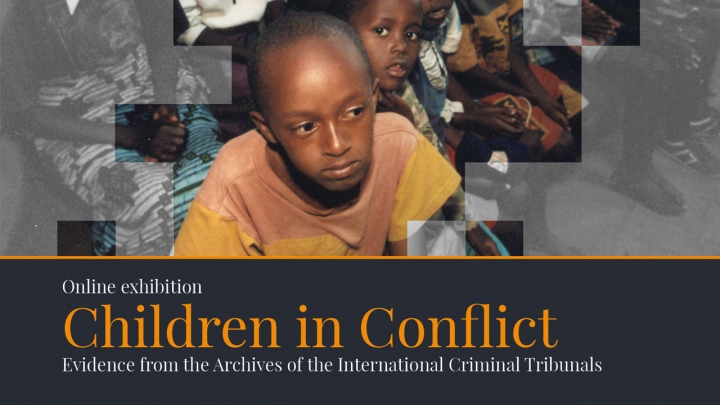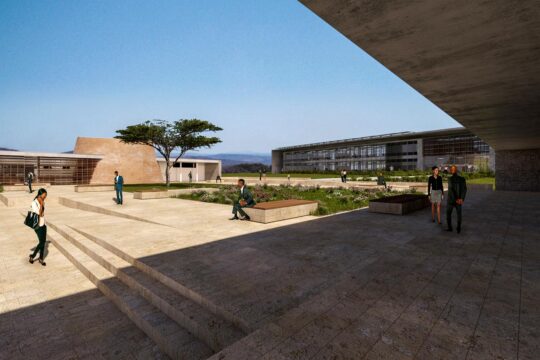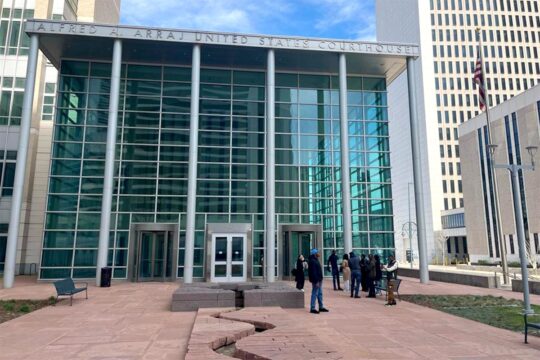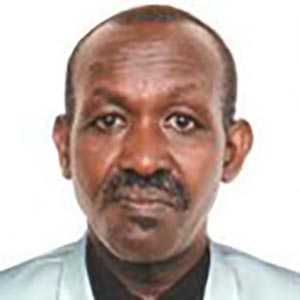The Mechanism for International Criminal Tribunals (MICT) launched on October 4 an online exhibition giving insight on how children were affected by the Rwandan genocide and conflicts in former Yugoslavia in the 1990s. The exhibition, entitled “Children in Conflict – Evidence from the Archives of the International Criminal Tribunals”, shows that children were often deliberately targeted for sexual violence, torture, persecution, forcible transfer, murder and extermination. To know more about how children were affected in Rwanda, JusticeInfo’s Kigali correspondent spoke to Valérie Mukabayire, president of the Association of Genocide Widows (AVEGA –Agahozo)
JusticeInfo: Approximately how many children were killed during the 1994 genocide?
Valérie Mukabayire: The genocide perpetrated against Tutsis in 1994 left more than a million people dead – 1,074,017 to be precise, according to the Rwandan Ministry for Local Administration. Children and young people under 24 were the main victims, representing 53.7%. It is difficult to establish the proportion of boys to girls, but we know that there were orders to kill boys and that they were the most persecuted, to the point that some dressed up as girls to try and survive.
Children are innocent, so why were they targeted?
The extermination of the Tutsi ethnic group was planned through a well elaborated and well taught ideology that the perpetrators took to heart. Targets were clearly identified as Tutsi and all associated with them or resembling them. “He who kills a serpent should not spare its eggs” was an injunction broadcast by hate media. This encouraged the Interahamwe militia to kill even children, saying that even babies could be threats in the future. “Didn’t Paul Kagame and Fred Rwigema, the military commanders of the RPF, flee the country on their mothers’ backs?” they repeated, regretting that they had let them flee abroad.
Roughly how many of them still suffer today from physical or psychological trauma?
Even if statistics are not available, many survivors are still haunted by the horror 23 years after the genocide and suffer from psychological problems. Like everyone else, when the anniversary date approaches for the start of the genocide, the nights of these children who have now become adults are filled with nightmares as they relive the horror. Girls and boys were mutilated, injured, girls were raped at roadblocks by young Interahamwe militia, some were held captive and forced to accept sexual relations in return for temporary protection against the militia and the army. And so when they were still children their bodies and minds were violated, humiliated and scarred for life. Today, the scars of this unspeakable horror have led to some cases of drug addiction, prostitution and excesses reflecting profound problems. The most frightening thing is that now a form of psychological trauma is also being transmitted even to young people born after the genocide.
Did children suffer other abuses than rape and capture?
As rape was used as a weapon of war and of humiliation, even pre-pubescent children were raped, tortured, traumatized, insulted and terrorized. They witnessed the most horrible things, such as their fathers, mothers, brothers and sisters raped and killed before their eyes. Some of these children even had their sexual organs mutilated. They ran for distances that were too long, and then walked even at night to try and escape death. As well as killings, torture and humiliation, some children were captured and reduced to slavery by militiamen, foreigners, families who took them in and even members of their own family.
The genocide memorial at Ntarama (former church of Ntarama, east of Kigali) is among those that still recall the horror inflicted on children. On one of the walls of the memorial, one metre above the ground, a large, indelible red stain still holds the blood of the children whose heads were smashed against the wall.
How do they live today with this painful past?
Family warmth was replaced in an extremely brutal way with being alone. And very brutally, these children were deprived of everything: love, comfort, innocence, humanity. And so after the genocide, more than 100,000 children found themselves without parents, in orphanages, in foster families and, even worse, the oldest were forced to bring up their little brothers and sisters. In most cases they had no homes and no anything. Some were forced to work as domestic helps or sex workers for the survival of themselves, their brothers and sisters.
But after the genocide the Rwandan government set up a Fund for Neediest Survivors of Genocide in Rwanda (FARG) which helps them with education, health and housing support. Now some have rebuilt their lives. However, the needs remain enormous and the problem remains very complex.
And what role does your association, AVEGA, play in helping restore hope to these children?
Some members of AVEGA have taken in and brought up genocide orphans. The association has also helped support the education of some children and helped them recover their parents’ assets. But again, our efforts are just a drop in the ocean.







